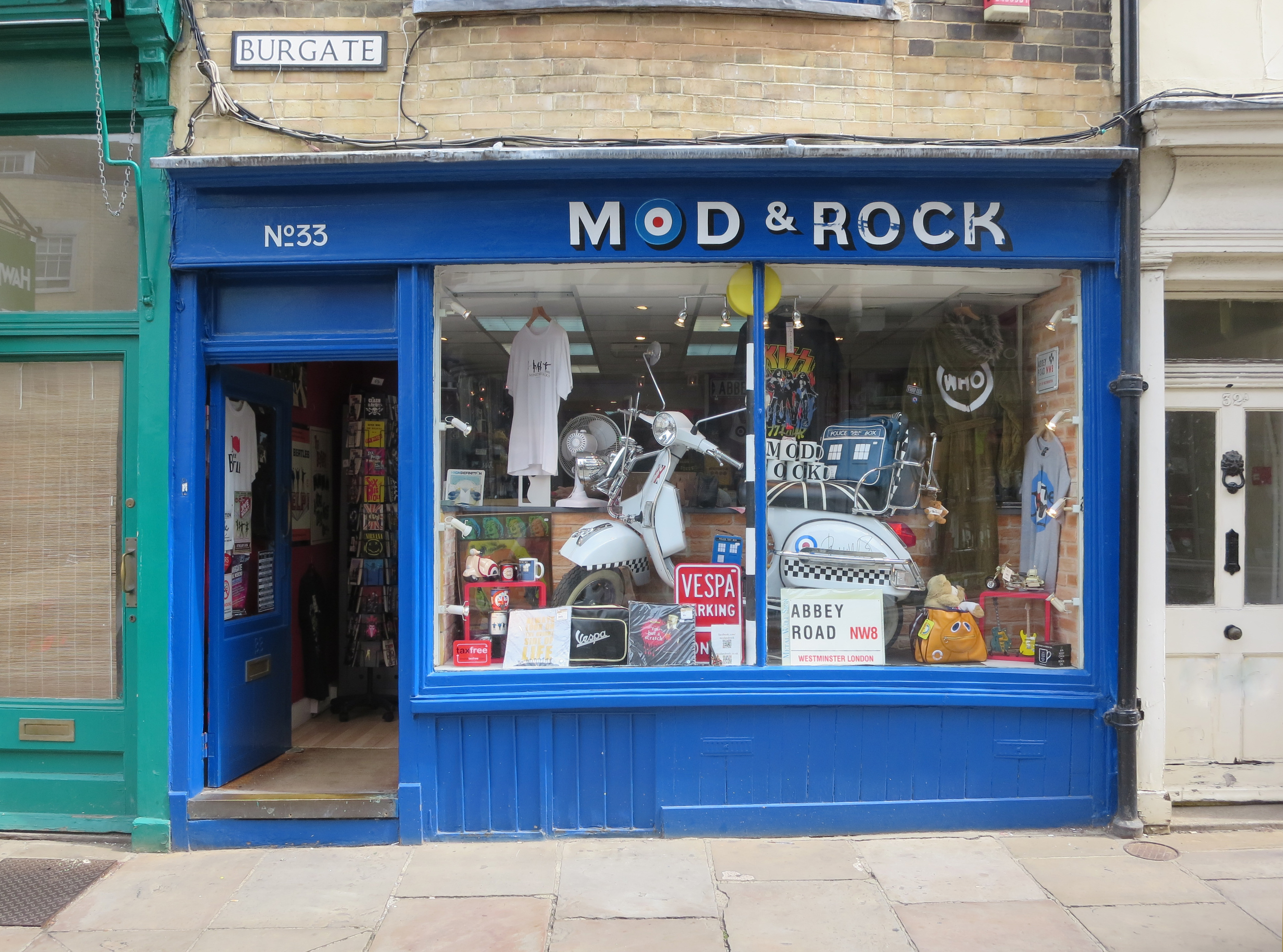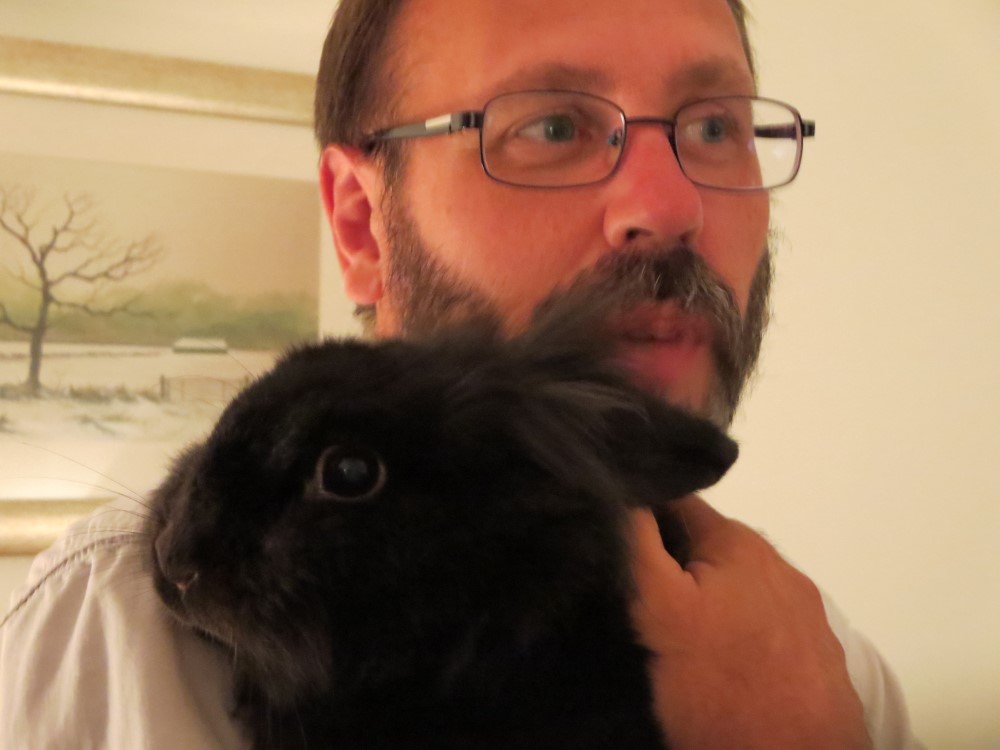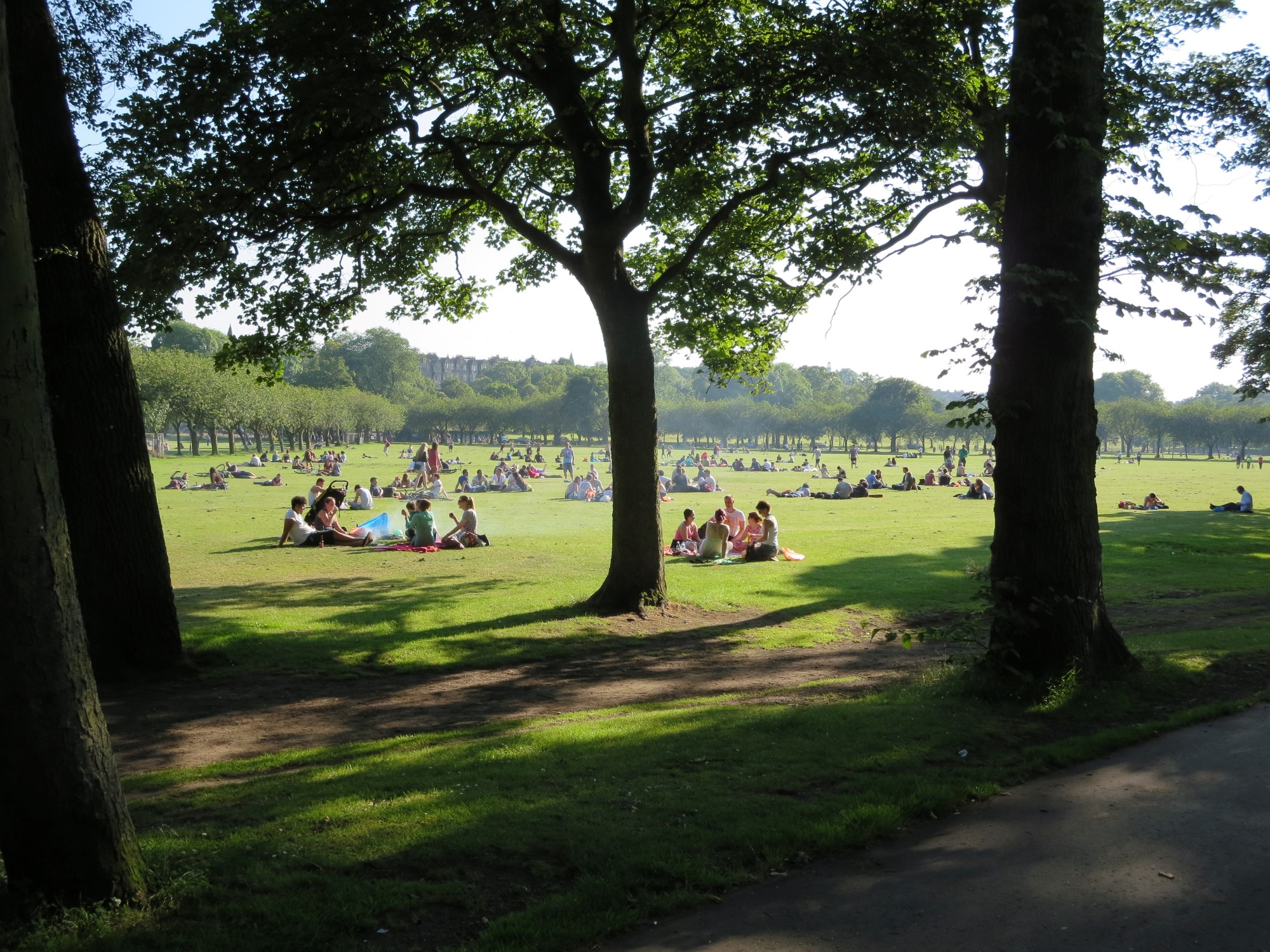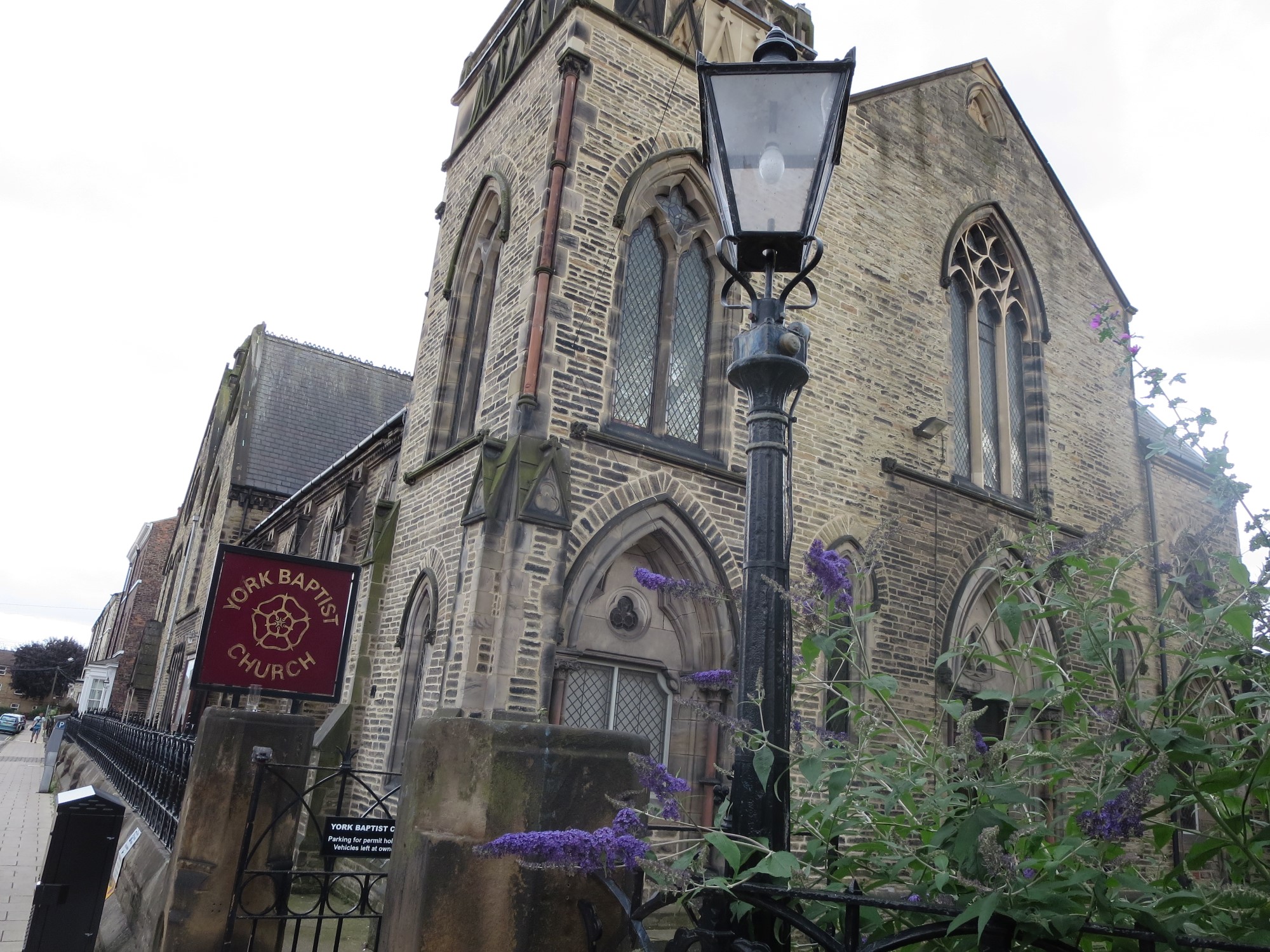Last week I asserted that a baseline of human decency is not optional in the world’s most powerful office. I know that many people consider that a ridiculous demand because they believe that no politicians possess decent moral character. While I can hardly blame anyone for that kind that of cynicism, let me point out that cynicism and naiveté are opposites of the same coin: both are logically and demonstrably false views of human nature.
Instead, let’s try to be realists. We have every right to know whether a leader will govern lawfully and justly and honestly. But we don’t get those sort of guarantees. Primarily that is because the very power we are endowing them with will tend to have a corrupting influence. The other is that our perception of them may differ markedly from reality. So, the best we can do is seek to discern the person’s moral character before we grant them that power through our votes.
But let us not mistake a candidate’s proposed policies for character. We all do this. He is against such-and-such proposal, therefore he doesn’t care about______ (our military/the poor/the deficit). Or, she favors such-and-such bill, so she is ______ (sold out/heartless/pandering). He wants to increase spending on _______, so he truly has a compassion.
So if, as I am arguing, character is indispensable, the error we must avoid here is to mistake policy positions for virtue. Last week I said, in effect, Demand character. This week I am saying, Policy is not character.
This is a more difficult proposition to convince people of in these polarized times. The other side, with their policies, are not just wrong, they are evil. The corollary to that is, My side, with our policies, is not just right, we are the righteous. When you think someone is wrong, that is, incorrect, you argue with them. But when you believe they are evil, or agents of evil, you go to war with them – with words, and sometimes with weapons. In this context policy is seen as virtue – or vice.
This is also difficult to see because we expect an alignment between a person’s values and the policies they favor. And that is often the case. For example, Barack Obama demonstrated the value he placed on health care reform by not only making it his signature achievement by also expending nearly every bit of his political capital on it. Ronald Reagan committed to winning the Cold war, and focused a good deal of his two terms on hammering away at Soviet vulnerabilities.
But strictly speaking, values are not character, either. Esteeming marriage is a value, but devoutly keeping one’s vows requires character. Many married people who held their marriages dear have fallen to a breach of personal resolve. Policies may reflect what one values, or not, but neither policy nor values constitute character.
When the Atlantic article came out earlier this month, and then was confirmed in part by several other news outlets (The Associated Press, The Washington Post, and Fox News), it revealed aspects of the president’s character that no one wants to see in their Commander-in-Chief. He reportedly spoke of military personnel in the most contemptuous manner. Instead of indicating admiration for their sacrifices, he called them losers and suckers. Insiders expressed that the president cannot comprehend self-sacrifice or commitment to a higher cause.
“According to sources with knowledge of the president’s views, he seems to genuinely not understand why Americans treat former prisoners of war with respect. Nor does he understand why pilots who are shot down in combat are honored by the military.”

For this 74-year-old person to not have a working understanding of heroism, self-sacrifice, and the kind of patriotic sensibility that leads young people to wear the uniform for their country is not a cognitive failure, it’s a moral one. It is another serious deficiency of character, and one that should be considered disqualifying for the official who commands our troops.
Predictably, the president denied the story completely. But, having no way to prove that he never said any of the things that were reported, the White House fell back on policy to show that he isn’t a moral black hole:
“The White House did not return earlier calls for comment, but Alyssa Farah, a White House spokesperson, emailed me this statement shortly after this story was posted: “This report is false. President Trump holds the military in the highest regard. He’s demonstrated his commitment to them at every turn: delivering on his promise to give our troops a much needed pay raise, increasing military spending, signing critical veterans reforms, and supporting military spouses. This has no basis in fact.” “
See? The president loves the troops: he spent money on them. (No doubt his wives and children found that convincing.) In other words, his true character is proven not by his candid words, but by his policies.
And like others of the president’s policies, some would have been enacted by any president, and certainly by any Republican president. But these are touted to show he could never think or say anything shocking, unfeeling, petty, mean, or morally depraved. Because, God knows, he has never made any other statements that were shocking, unfeeling, petty, mean, or morally depraved. Oh, wait.
This illustrates my point. Throwing some money at the Pentagon doesn’t prove love or respect for our men and women in uniform any more than his judicial appointments or de-funding of Planned Parenthood makes him pro-life, or any more than Bill Clinton’s pro-choice positions showed he had respect for women.
Because policy isn’t character. And no matter how much you like a given policy, it can’t make up for moral bankruptcy. An expected answer to this would be that for our elected offices we are voting for policy, and that is our primary concern. We don’t need saints. As I said last week, we don’t need a saint as president. But we do need in our candidate both the person who stands for what we want and the character to maintain their integrity and the lawful and moral exercise of their office.
We need both.
So if you are a voter who decides whether a man or woman standing for office will advance the political agenda you favor, by all means look at the policies they endorse and articulate. They are bound to keep some of their promises, or at least try to. But if you are trying to discern their moral fitness by the laws and programs they want to enact or rescind, please bear in mind: this is politics, in which a politician first and foremost seeks to gain and keep their office, and policies are chosen and crafted with many factors in view, including lobbying, popularity, salability, feasibility, cost, and support in Congress and in one’s own party. They may mirror a politician’s values — but his character?
Sometimes.
Not always, but sometimes… Such as when it’s your policy – when you know the severity of a growing pandemic – to pretend to the American people there is nothing to be concerned about. That reflects what our president values (the sham appearance that all is well on his watch) and it also reflects his habitual attempts to hide the truth when he’s afraid it will make him look bad. This is the root – in his character – of most of the lies he tells: they are his knee-jerk response to facts he doesn’t like (which is also why he hates the press). So it makes sense to look beyond the policies to the character of the person making them.
Because there is certainly more trouble where they came from.




















































































































































































































































































































































